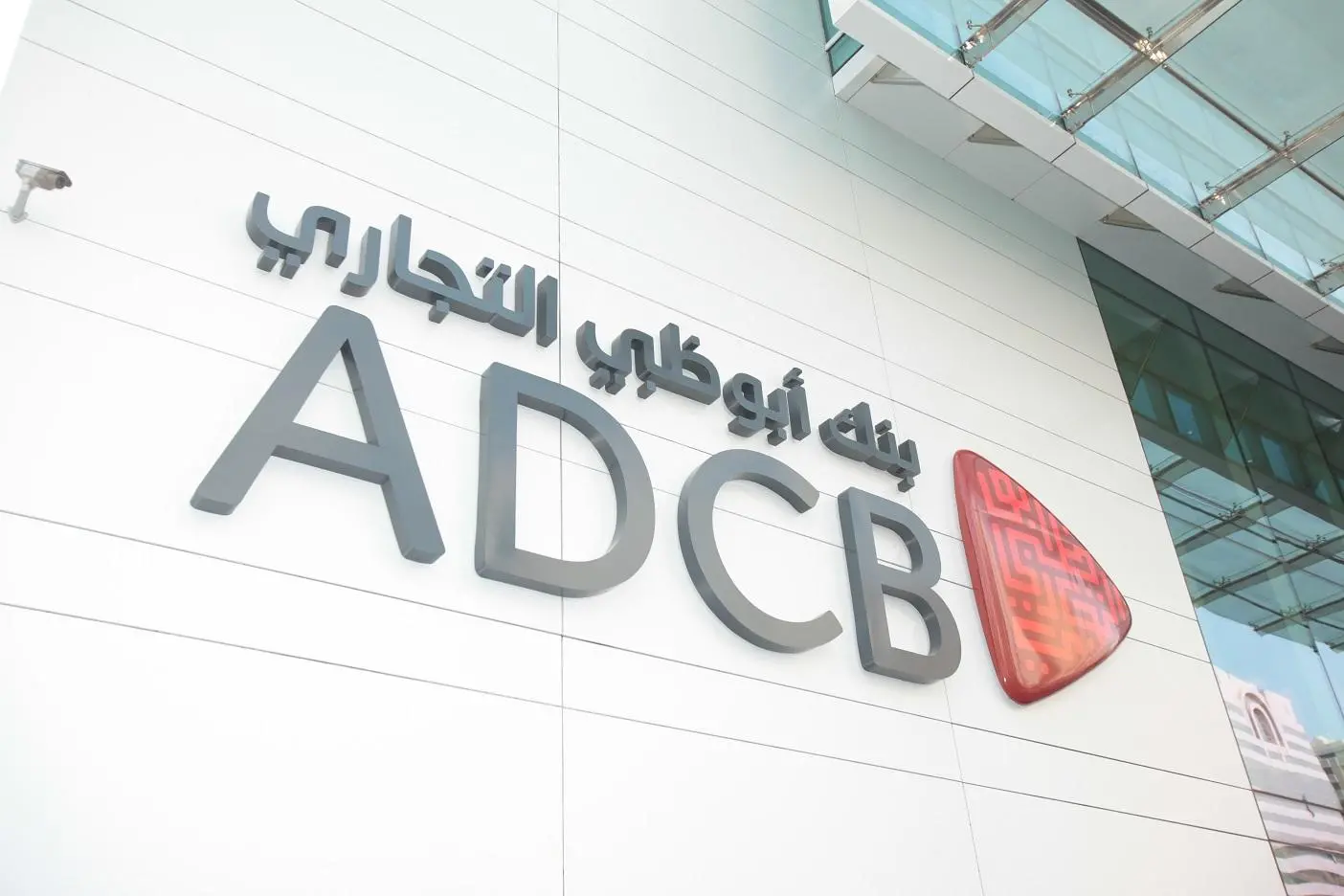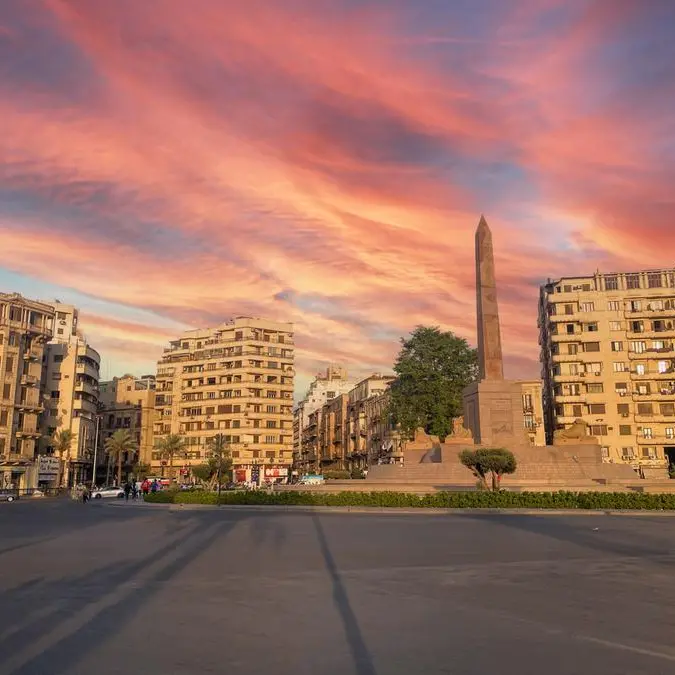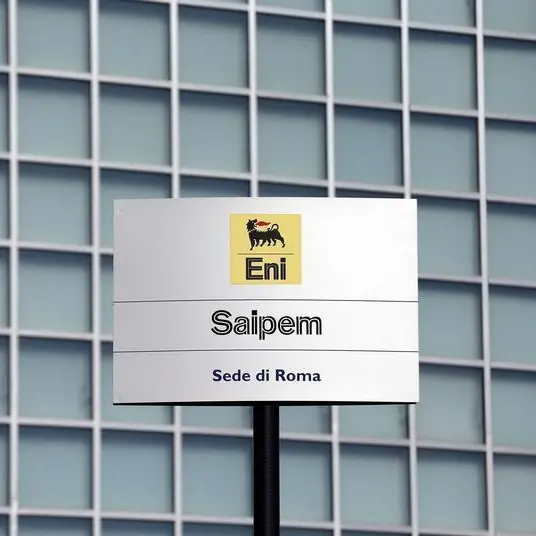PHOTO
The wave of mergers and acquisitions in the financial services industry in the Gulf Cooperation Council has long been needed to raise efficiencies of the sector, according to the co-chief executive of Investcorp, who expects more consolidation in the fragmented retail sector as well, and sees hot investment spots in the region’s social infrastructure industries.
Rishi Kapoor, Co-CEO of Bahrain’s Investcorp, an alternative asset manager with $22.2 billion under mangement, also noted that consolidation in banking would build the scale required to increase investments in financial technology, as payment solutions are increasingly enabled by fintech.
“Consolidation in the financial services industry in the region is long overdue. If you look at the biggest single market in the world today, the United States, there are four major money center banks: JP Morgan, Citi, BofA, and Wells Fargo,” Kapoor told Zawya in an interview at a conference held in Abu Dhabi earlier this month.
“If a market like the U.S. can be served by four major money center banks, you can make a pretty strong case that a region like the GCC or an individual market within the GCC, like Saudi Arabia or the UAE, does not need many more than two or three national or regional champions to serve it in the most optimal manner possible,” he said.
“What does the most optimal manner possible mean? Best-in-class operations and efficiency, best-in-class margins, but most importantly, being able to provide a true end-to-end solution to the customers,” he added.
The banking sector in the Gulf Arab region is seen as overcrowded, yet, in each country of the Gulf Cooperation Council (GCC), an M&A deal among banks is currently either in the pipeline or has taken place within the past few months.
And while the Saudi central bank governor said in February this year that he does not anticipate more bank mergers for the time being beyond those already announced, the kingdom’s banking sector still houses more than 25 national and foreign lenders serving a population of around 33 million. (Read more here).
In December last year, Saudi Arabia’s largest lender in terms of assets, National Commercial Bank (NCB), began preliminary merger talks with Riyad Bank with a view to creating an entity with combined assets of $183 billion. (Read more here).
Within the same fourth quarter of last year in October, Saudi British Bank agreed on a merger deal with Alawwal Bank to create the kingdom’s third-largest lender with a combined market capitalisation that stood at around $21.9 billion on Thursday.
In the United Arab Emirates, a merger of Abu Dhabi Commercial Bank, Union National Bank and Al Hilal bank was announced earlier this year, in a deal that is set to create the third largest lender in the country with an asset base of $114.3 billion. The deal to combine a trio of banks follows the mega-merger of Abu Dhabi’s First Gulf Bank and National Bank of Abu Dhabi back in 2017, creating First Abu Dhabi Bank (FAB).
This month, reports emerged that the UAE’s largest sharia-compliant bank, Dubai Islamic Bank is reportedly in talks with Dubai’s Noor Bank over a potential acquisition. (Read more here).
In the United Arab Emirates, there are 50 banks, of which 12 are local banks. There are over 20 banks in Kuwait, around 20 banks in Oman, and slightly less than 20 banks in Qatar.
In January, the first major cross-border bank merger deal in the GCC in recent years was formalised, with Kuwait Finance House acquiring Bahrain’s Ahli United Bank in a $7.7 billion deal, creating a lender with $92 billion worth of assets. The due diligence process on the move is set to be completed by mid-2019.
In Oman, Alizz Islamic Bank and Oman Arab Bank announced in October last year that they are set to merge after obtaining regulatory approval. (Read more here).
This follows announcement by Bank Dhofar and the National Bank of Oman back in July of beginning talks to explore the possibility of a merger, which would create a merged entity with an asset base of $20bn.
In Qatar, Barwa Bank’s merger with International Bank of Qatar (IBQ) is expected to be completed this month following approval by the Central Bank of Qatar. The banks reached a final merger agreement late last year to create a lender with total assets of $22 billion. The combined entity is set to be rebranded as Lusail Bank. (Read more here).
“And again, scale matters as the ability to invest in infrastructure for technology platforms for your customers, in particular in nowadays’ fintech enabled solutions, goes up dramatically if you’re larger and if you are able to reach out to a broader universe of customers with a big universe of products . So that size and scale inevitably leads to this need for consolidation,” Investcorp’s Kapoor added to Zawya at the Bloomberg Invest Abu Dhabi Summit.
Two UAE-based payment solutions firms recently announced plans to list on the London Stock Exchange, with the rising popularity of digital payments over cash payments and as the payment solutions industry sees growing potential. (Read more here).
Consolidation waves in other sectors
Investcorp’s co-chief also expects more M&A in the region’s disorganised retail sector, particularly in Saudi Arabia.
“The Saudi government implemented new regulations dictating mandatory requirements for retailers in particular related to training and employment of the local youth and they have set minimum major requirements etc. What that means is that the cost structure for retailers in Saudi Arabia is likely to go up quite significantly,” he said.
“This is on top of some additional charges that all businesses in Saudi Arabia are incurring, such as visa fees, VAT etc.,” he added.
“The margins, therefore, for the smaller players are shrinking and they are no longer able to be profitable or to operate at levels consistent with the rest of the market. So the only way to mitigate that impact is to build scale and that is what drives the consolidation or the prospects of likely consolidation in the retail sector in Saudi Arabia,” he said. (Read more here).
“It’s really the need in the sector. Much like in asset management, you need to have the scale to be able to keep pace with otherwise shrinking margins,” he added.
Last year, the Saudi Ministry of Labour and Social Development (MLSD) announced a new list of jobs and activities that are off-limits to expatriates in the kingdom, which included jobs in electronics retail stores, car dealerships, furniture stores and clothing stores. The move is aimed at alleviating high rates of unemployment among the Saudi youth, who make up a large segment of the Saudi population. (Read more here).
Sectors with ‘ample opportunity’
As for the sectors that offer attractive investment opportunities within the Gulf region, Investcorp’s Kapoor favours the sectors related to privatisation, social infrastructure and domestic consumption.
“In the region, we like social infrastructure a lot; anything from healthcare in particular to education including vocational education, affordable housing, and anything around logistics transportation,” he said.
“We see ample opportunity in all of these areas that feed into the push by the local governments to encourage an increase in private sector participation in what historically have been government led sectors,” he added.
“If you look at the demographics of the region, it’s a largely young population, and in particular in Saudi Arabia, with the social reforms that are being implemented, which creates the ideal runway or platform for a pretty significant growth in the consumption of domestic leisure, entertainment, tourism etc,” Kapoor said.
“The Saudi consumer in the past was very used to travelling regionally to Dubai or Abu Dhabi or outbound international travel, and that is getting replaced and has big potential in Saudi Arabia through domestic consumption,” he noted
A report published earlier this month by Colliers citing figures from the World Travel and Tourism Council stated that industries that are in direct contact with tourists in Saudi Arabia are this year likely to generate about 95 billion Saudi riyals ($25.3 billion), or 3.3 percent of the country’s GDP. Although Colliers said in the report produced for the forthcoming Arabian Travel Market that “additional pressure” would be put on average daily rates charged for hotel rooms, which have experienced three successive years of decline due to rising supply, it expects the number of inbound tourism trips to increase.
Colliers is predicting inbound tourism to grow at a rate of 5.6 per year to 70.5 million trips by 2023, up from 47 million inbound trips last year. Inbound tourism numbers are also likely to increase to 23.3 million in 2023, up from 17.7 million last year.
(Reporting by Nada Al Rifai; Editing by Michael Fahy)
(nada.rifai@refinitiv.com)
Our Standards: The Thomson Reuters Trust Principles
Disclaimer: This article is provided for informational purposes only. The content does not provide tax, legal or investment advice or opinion regarding the suitability, value or profitability of any particular security, portfolio or investment strategy. Read our full disclaimer policy here.
© ZAWYA 2019












